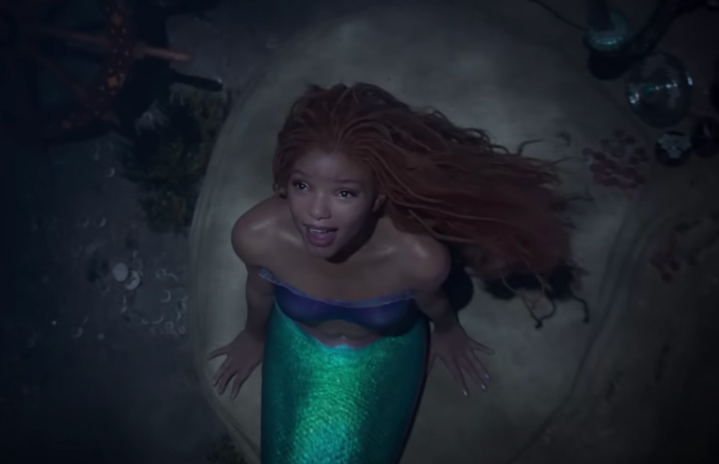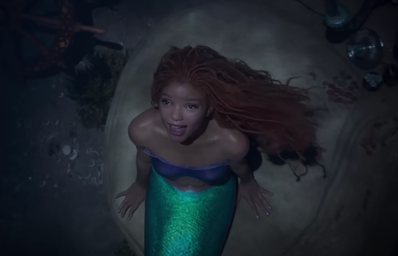Every day, different things trend on social media, ranging from Queen Elizabeth II’s death to the Adam Levine cheating scandal. Some are important, while others are just for laughs and giggles. However, the trailer for the live-action remake version of The Little Mermaid came out, starring Halle Bailey. This groundbreaking reveal has had many posts, with young Black girls excited to see someone portray them on the big screen. Although this is an exciting production for Disney, many people have an issue with how different the new Ariel looks compared to the animated version – precisely, her skin color.
Many people are saying “#NotMyAriel” to show this disappointment, with arguments on Twitter and Instagram. However, this is because many of us are accustomed to the original, where Ariel had porcelain white skin with beautiful red waves. Yet, this is a significant step for Disney, showing inclusivity and openness to people of color. Before this, there was only one princess of color, Princess Tiana from The Princess and the Frog. By having Bailey play Ariel in this revamped version, it is encouraging to start the conversation of having more diverse characters within the franchise.
But why is this representation needed? Why does it matter? According to an analysis done by Psychology Today, “For example, when women (and women of color specifically) don’t see themselves represented in STEM fields, they may internalize that such careers are not made for them. Likewise, when people of color don’t see themselves in the arts or government positions, they likely learn similar messages too.”
With this in mind, the message behind this film is what makes it even more critical. Although it is a fictional movie, it has a purpose: ensuring young children are aware that dreams can come true, and you can make a life for yourself that you love. This is crucial to be mindful of at a young age when imagination is at its brightest time. Furthermore, seeing Ariel as a Black mermaid opens the horizons for people of color, both young children and adults, to believe in themselves – the whole purpose of Disney movies.
How about the people that say, “There is representation. What’s the big deal?” Sure, there is representation, but there simply is not enough accurate representation of people of color within the media. Unfortunately, even with examples to connect to, it is filled with stereotypes rather than appropriate and positive influences. For instance, Onnie Rogers, an assistant professor of psychology at Northwestern University and writer for Common Sense Media, reported that “despite being 18 percent of the population, Latinos only make up five percent of speaking film roles.” This small percentage of Latinos alone makes it difficult to feel included in society, which can erase how they think about their status and culture.
Stigmatized representation in the media causes potential problems within cultural groups. Rogers brings up that having proper representation can allow young children to have positive emotions towards their culture and background. However, with it being seen as inaccurate, it doesn’t only influence the people in those ethnic groups, but young Caucasian children are also watching it. By exploring violent African American roles, they associate people the same way and vice versa. Rather than helping promote diversity, it only gives the wrong message and harms the image of how various cultures and races are perceived.
Although there are valid concerns as to why many people disapprove of Halle Bailey’s title role in The Little Mermaid, this is a step needed for Disney and the world. Expanding roles to people of color allows all generations to feel included and remove the stigma of certain cultures in the future. Plus, movies from the company are meant to be a joyful experience with learning messages. Bailey’s portrayal allows people to grasp that people have different appearances, yet we all want our dreams to come true, and seeing her on the big screen is a dream coming true for the Black community.
Want to see more HCFSU? Be sure to like us on Facebook and follow us on Instagram, Twitter, TikTok, YouTube, and Pinterest!


